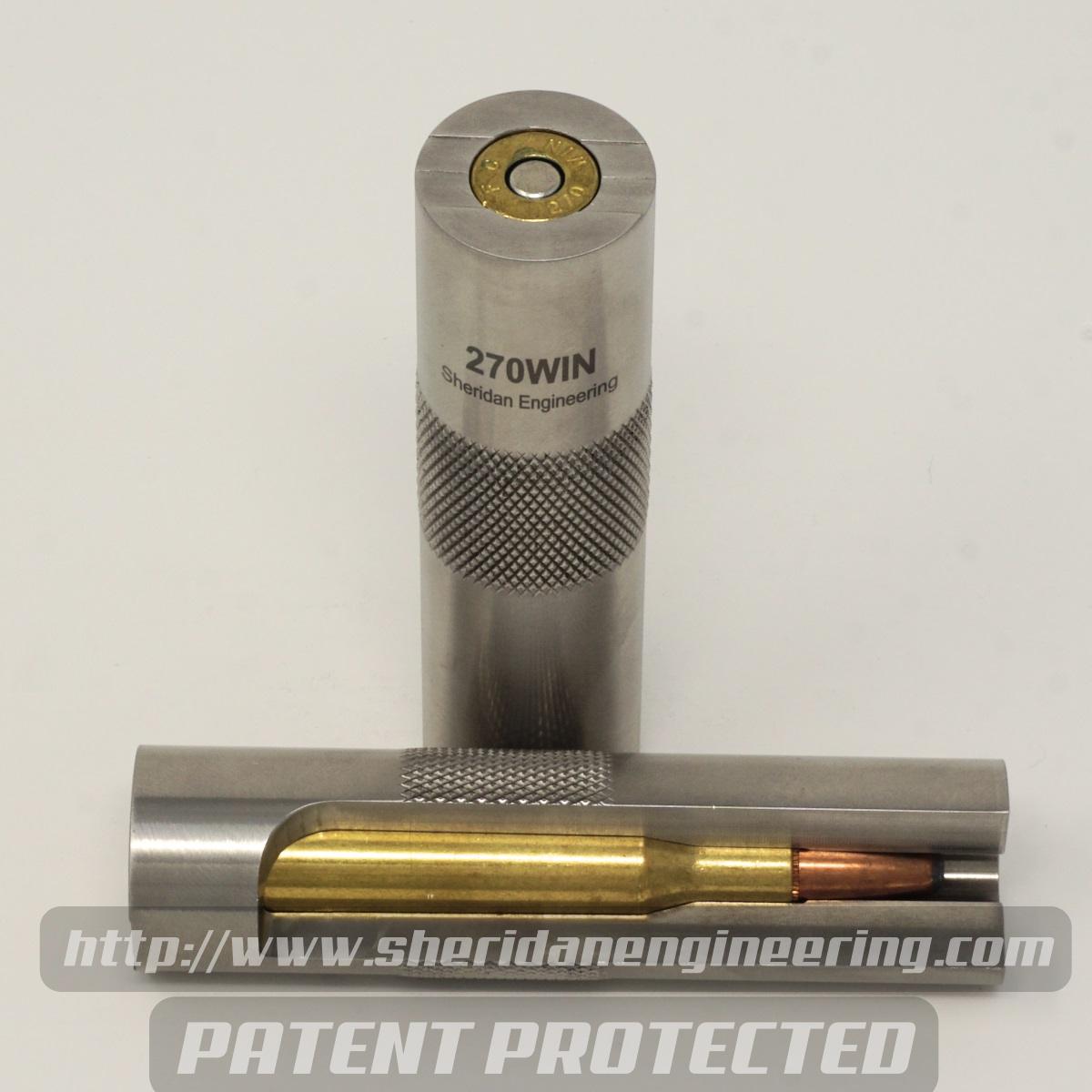I am having a problem with my Cooper rifle, .270 winchester, not being able to chamber brass that has been fired more than 2 times. I was wondering if someone could help me find a solution. It will chamber and fire factory ammo just fine. It will also chamber and fire my hand loads of brand new unfired brass just fine. It will also chamber and fire this same brass just fine when I have full length resized and reloaded it once. However, after the second firing and a second full length resizing, the brass will no longer fit properly in the chamber. It is too tight for the bolt to close without excessive force. It seems to me that even though I full length resize, the brass has nevertheless stretched out enough that it won't fit back into this chamber as normal. I have verified this by measuring all parts of the case with my calipers. Even after a full length resize, all parts of the case are still slightly larger than new, unfired brass. Can you help me understand what is going on? I have never had this problem before in any of my other rifles. I have been using both Norma and Hornady brass. Same problem with both brass. I presume that the chamber in this Cooper rifle is cut very tight? It also looks like standard full length sizing dies do not reduce the brass back to the actual size of factory ammo or unfired brass? This would be very disappointing if I can't reload brass for this gun. Has anyone seen this problem before? Also, is there a body die or something that will resize the brass back to the same size and measurements of brand new brass?

